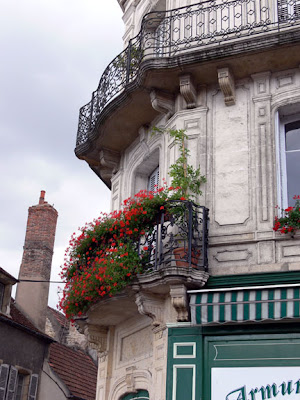



Picture 2: The west bank of the Yonne, approaching the town of Clamecy.
Picture 3: I was intrigued with the variety of chimney pots in Clamecy.
Picture 4: The architecture in Clamecy was more varied and decorative.
Picture 5: I guess the delivery men couldn't handle the stairs; or lunch time arrived in the middle of the flight.
There were four more small towns on our river/canal journey. Two are worth noting. Cravant was the oldest of the town. It is a medieval town with its original portal still standing. The oldest building we noticed was built in 1328, the half-timbered house pictured above. We stopped here because it was supposed to have a Saturday produce market. Other than its age the town is know only because it was near a major battle in 1423. The town’s population in 1999 was 824. I don’t think it is that large today.
Clamecy has a population of more than 4,800. It is built on both sides of the Nivernais Canal where it again joins the Yonne and Beauvron Rivers. The area was settled in the early 600s but it became an enfranchised town in 1213. Amazingly all or parts of some of the earliest buildings are still intact, although many are looking a little tipsy. Like all the other towns, it is built on a hillside. Here is where the practice of cutting timber, rafting it up, and floating it downriver to Paris was started in the 16th C. and continued until 1923. This certainly helped the town prosper. Even today it looks brighter and more upscale. It is also the center for an artist community.
This is as far upriver as we went. We spent a night here and headed back to Coulanges-sur-Yonne for another night. Coulanges is the location of one of those great French country inns I mentioned previously. The next day it was on the Chatel Censoir where we turned in the boat.
Clamecy has a population of more than 4,800. It is built on both sides of the Nivernais Canal where it again joins the Yonne and Beauvron Rivers. The area was settled in the early 600s but it became an enfranchised town in 1213. Amazingly all or parts of some of the earliest buildings are still intact, although many are looking a little tipsy. Like all the other towns, it is built on a hillside. Here is where the practice of cutting timber, rafting it up, and floating it downriver to Paris was started in the 16th C. and continued until 1923. This certainly helped the town prosper. Even today it looks brighter and more upscale. It is also the center for an artist community.
This is as far upriver as we went. We spent a night here and headed back to Coulanges-sur-Yonne for another night. Coulanges is the location of one of those great French country inns I mentioned previously. The next day it was on the Chatel Censoir where we turned in the boat.

No comments:
Post a Comment